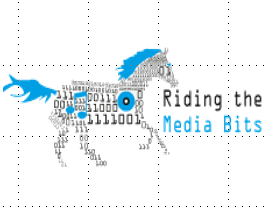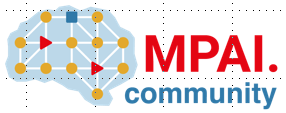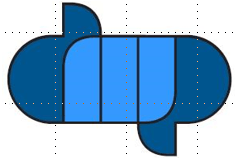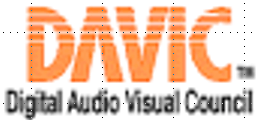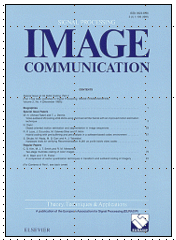Moving intelligence around
Introduction Artificial intelligence has reached the attention of mass media and technologies supporting it – Neural Networks (NN) – are being deployed in several contexts affecting end users, e.g. in their smart phones. If a NN is used locally, it is possible to use existing digital representation of NNs (e.g., NNEF, ONNX). However, these format miss vital features for distributing intelligence, such as compression, scalability and incremental updates. To appreciate the need for compression let’s consider the case of adjusting…


